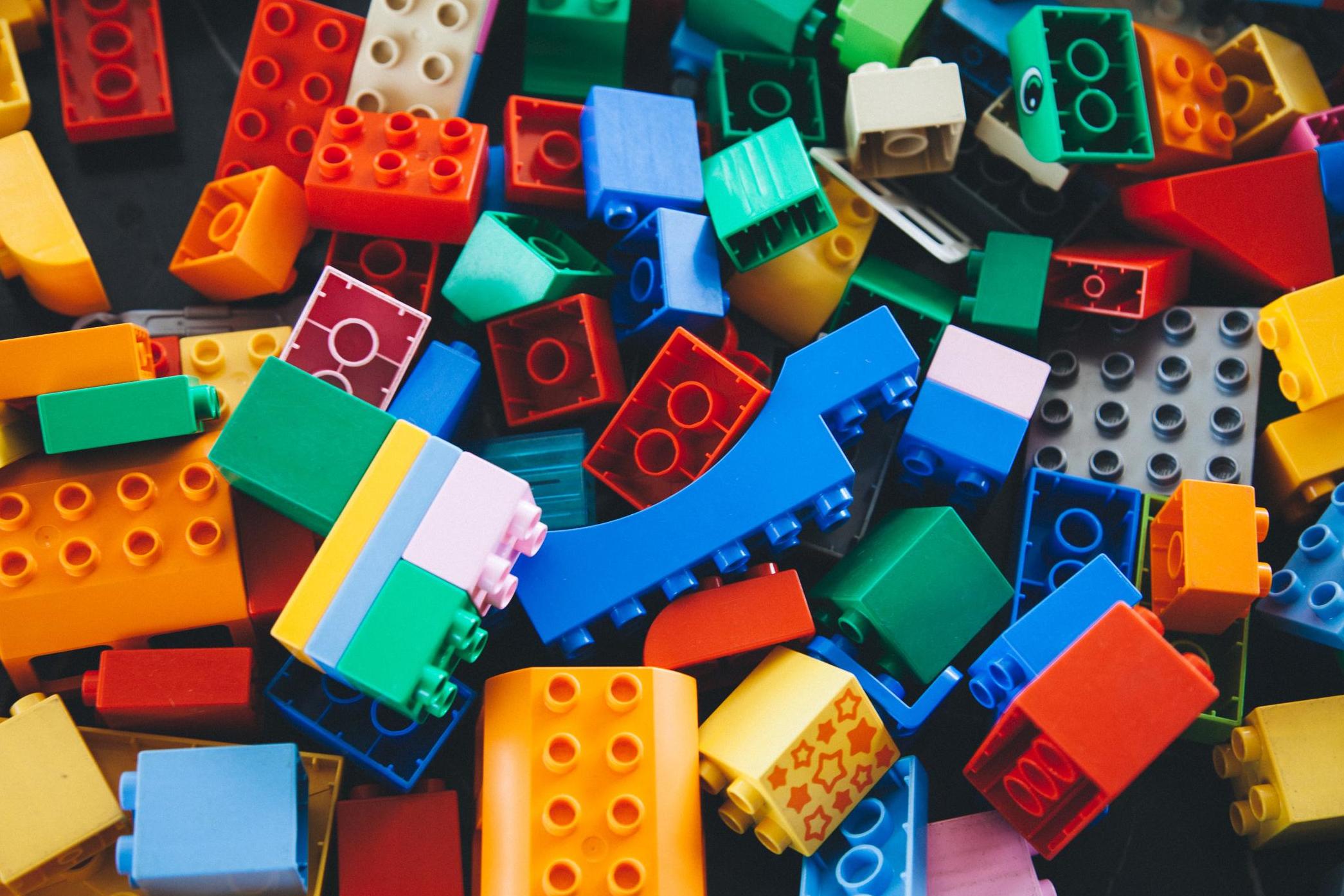Second-hand toys could pose toxic health risk to children, study warns
Old Lego blocks, dolls and cars found to contain hazardous materials

Your support helps us to tell the story
From reproductive rights to climate change to Big Tech, The Independent is on the ground when the story is developing. Whether it's investigating the financials of Elon Musk's pro-Trump PAC or producing our latest documentary, 'The A Word', which shines a light on the American women fighting for reproductive rights, we know how important it is to parse out the facts from the messaging.
At such a critical moment in US history, we need reporters on the ground. Your donation allows us to keep sending journalists to speak to both sides of the story.
The Independent is trusted by Americans across the entire political spectrum. And unlike many other quality news outlets, we choose not to lock Americans out of our reporting and analysis with paywalls. We believe quality journalism should be available to everyone, paid for by those who can afford it.
Your support makes all the difference.Second-hand toys could pose a health risk to young children, a study has found.
Old Lego blocks, dolls and toy cars were found to contain materials that do not meet modern toy safety guidelines, according to research published in the journal Environment Science and Technology.
Scientists from the University of Plymouth analysed 200 used plastic toys found in homes, nurseries and charity shops across southwest England.
High concentrations of hazardous elements, including barium, lead, bromine, cadmium, chromium and selenium, were discovered in many of the building blocks, figures and puzzles, all of which were a size that could be chewed by young children.
These elements are chronically toxic to children at low levels over an extended period of time.
Dr Andrew Turner, a reader in environmental science, used x-ray fluorescence spectrometry to analysed the presence of elements within individual toys.
“This is the first systematic investigation of hazardous elements in second-hand plastic toys in the UK,” he said.
“Second hand toys are an attractive option to families because they can be inherited directly from friends or relatives or obtained cheaply and readily from charity stores, flea markets and the internet.”
While modern toys marketed in the EU are approved under the Toy Safety Directive, there is no regulation covering the recycling or re-sale of older toys.
“Consumers should be made more aware of the potential risks associated with small, mouthable and brightly coloured old plastic toys or components,” Dr Turner added.
“Without that, the attractive cost, convenience and recyclability of previously used toys has the potential to create a legacy of chemical contamination for younger children.”
Join our commenting forum
Join thought-provoking conversations, follow other Independent readers and see their replies
Comments